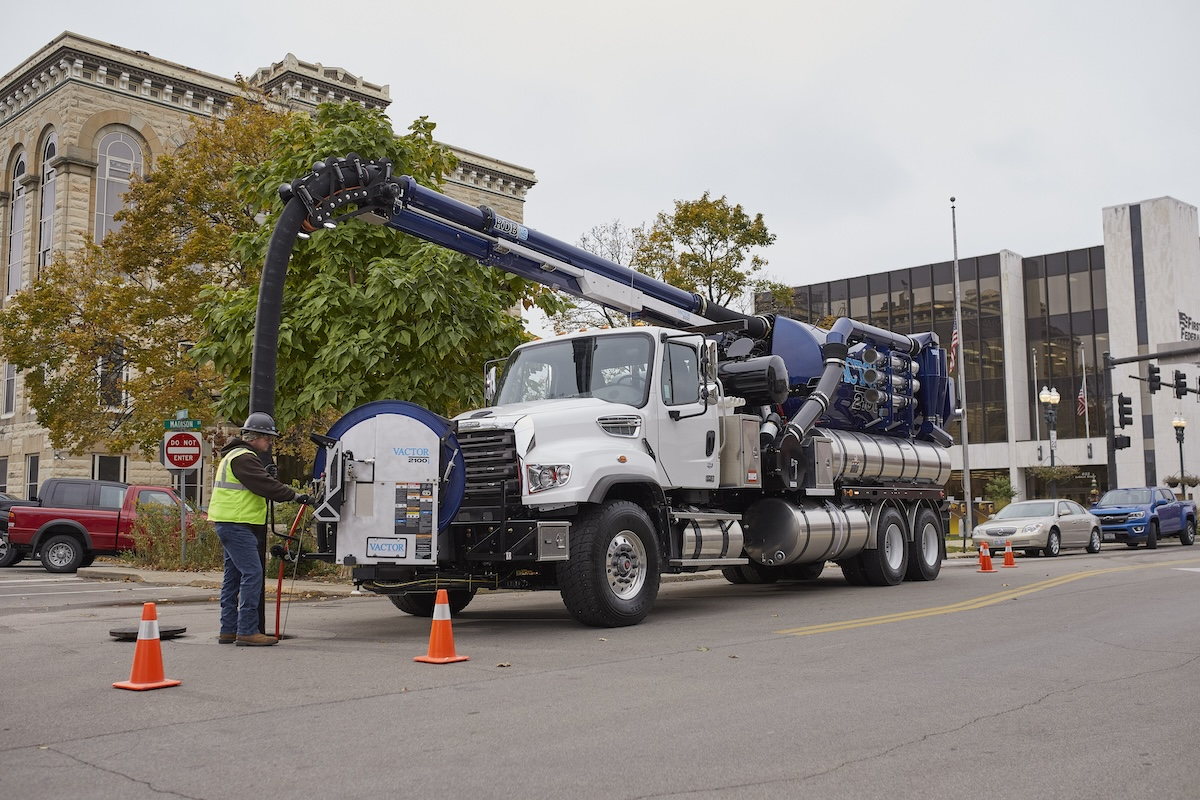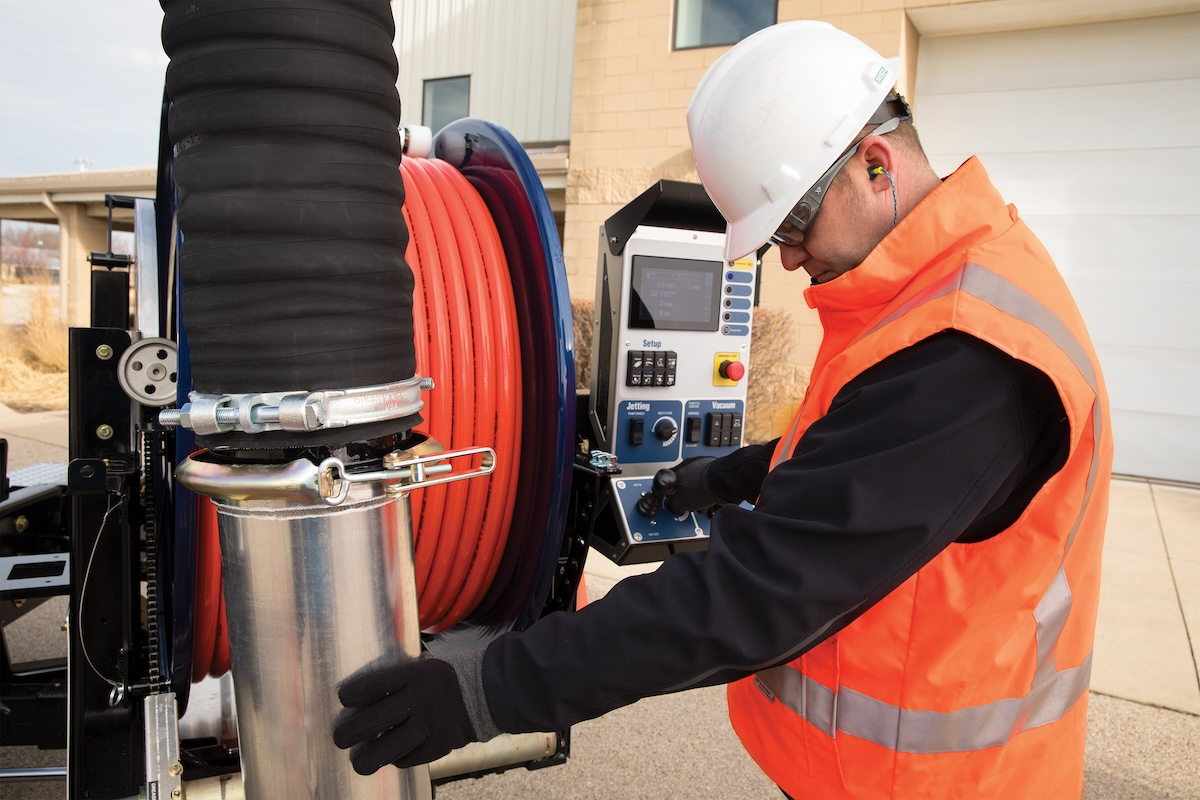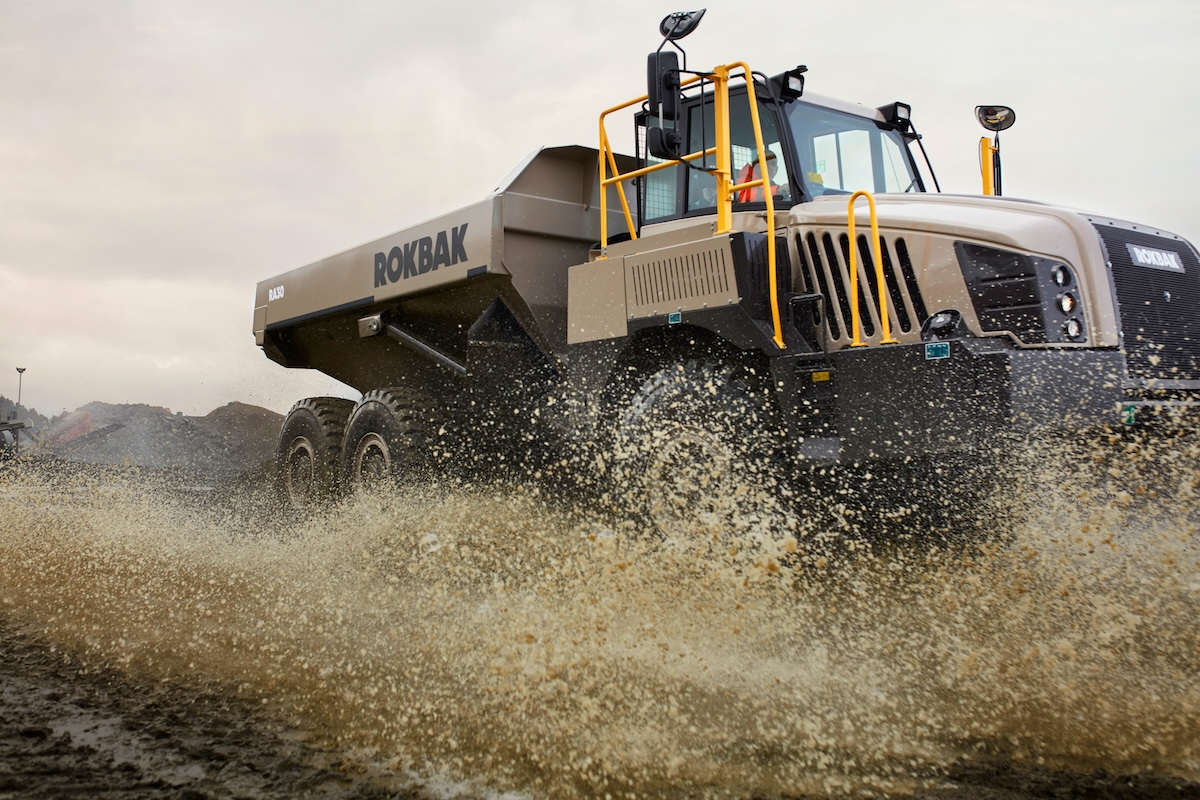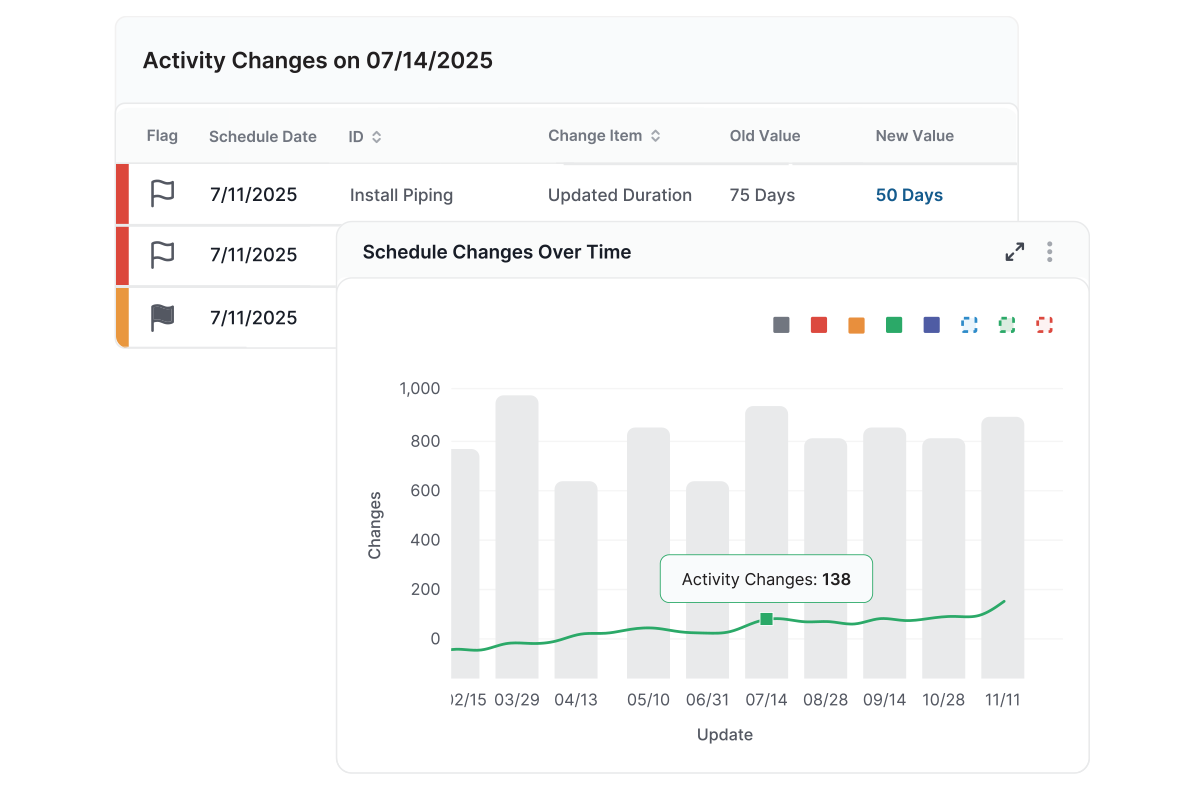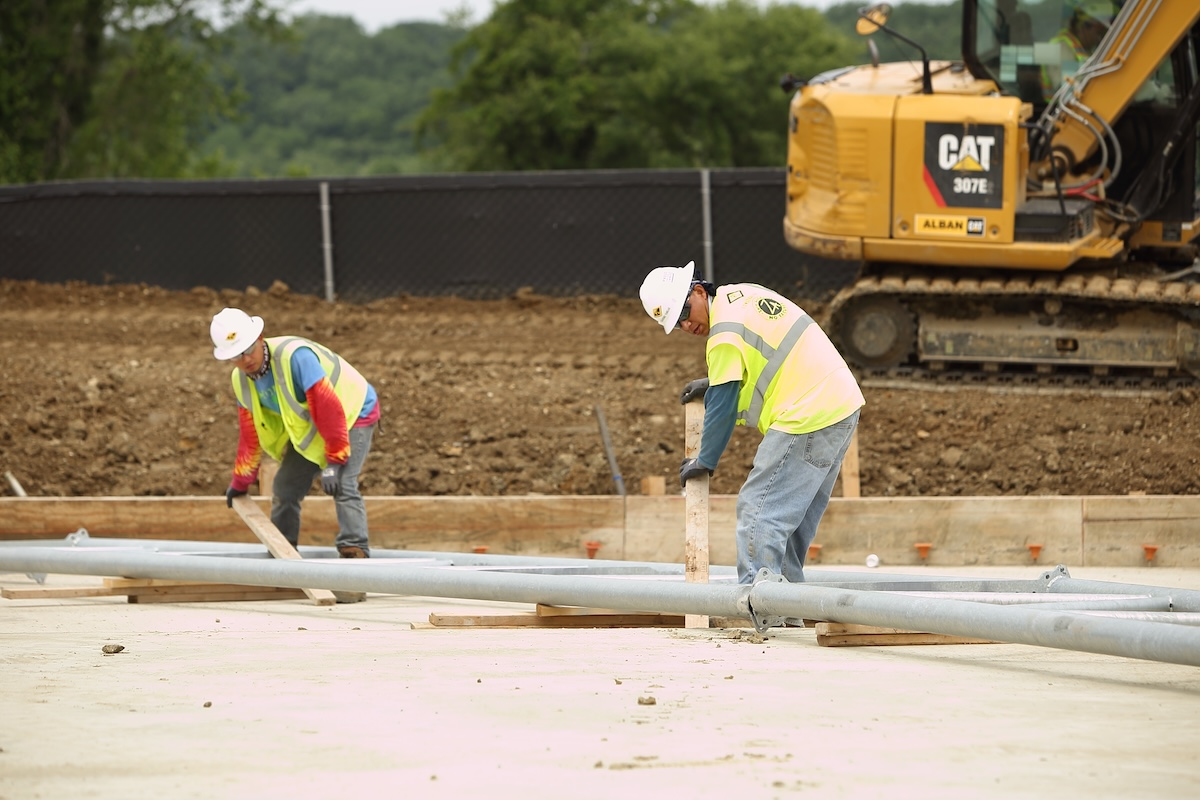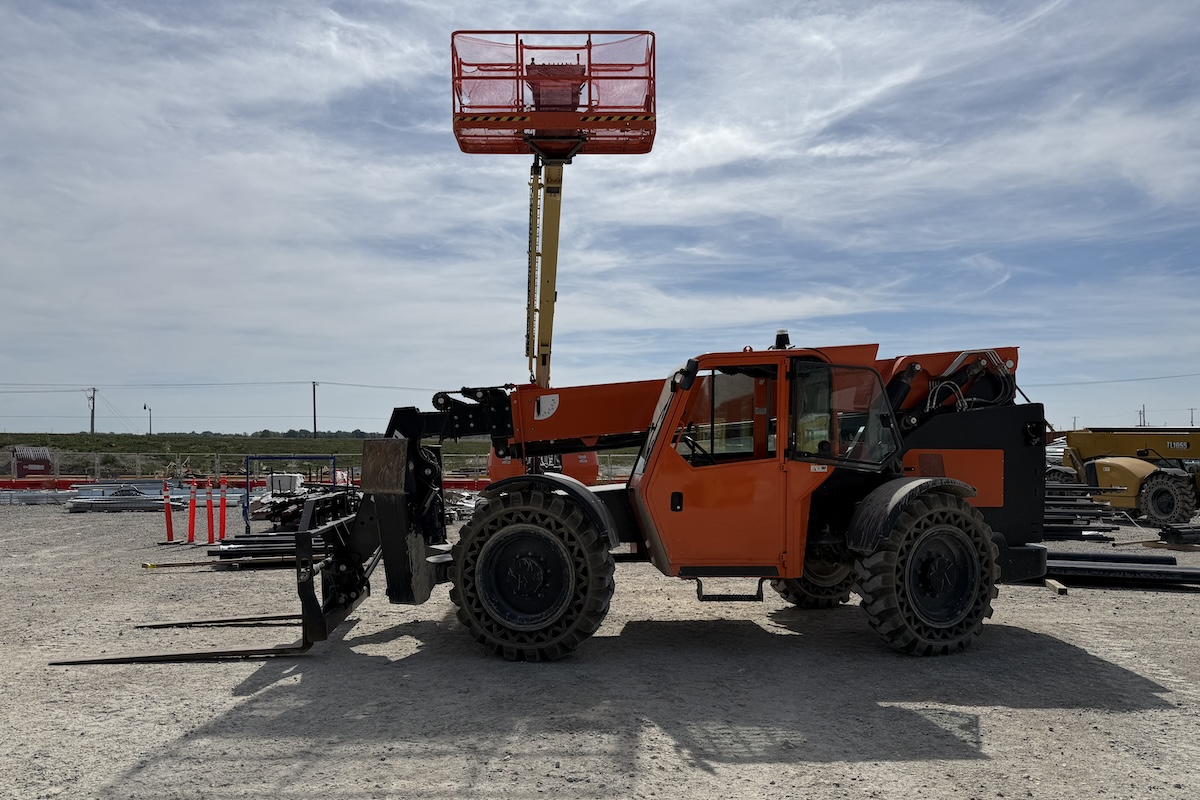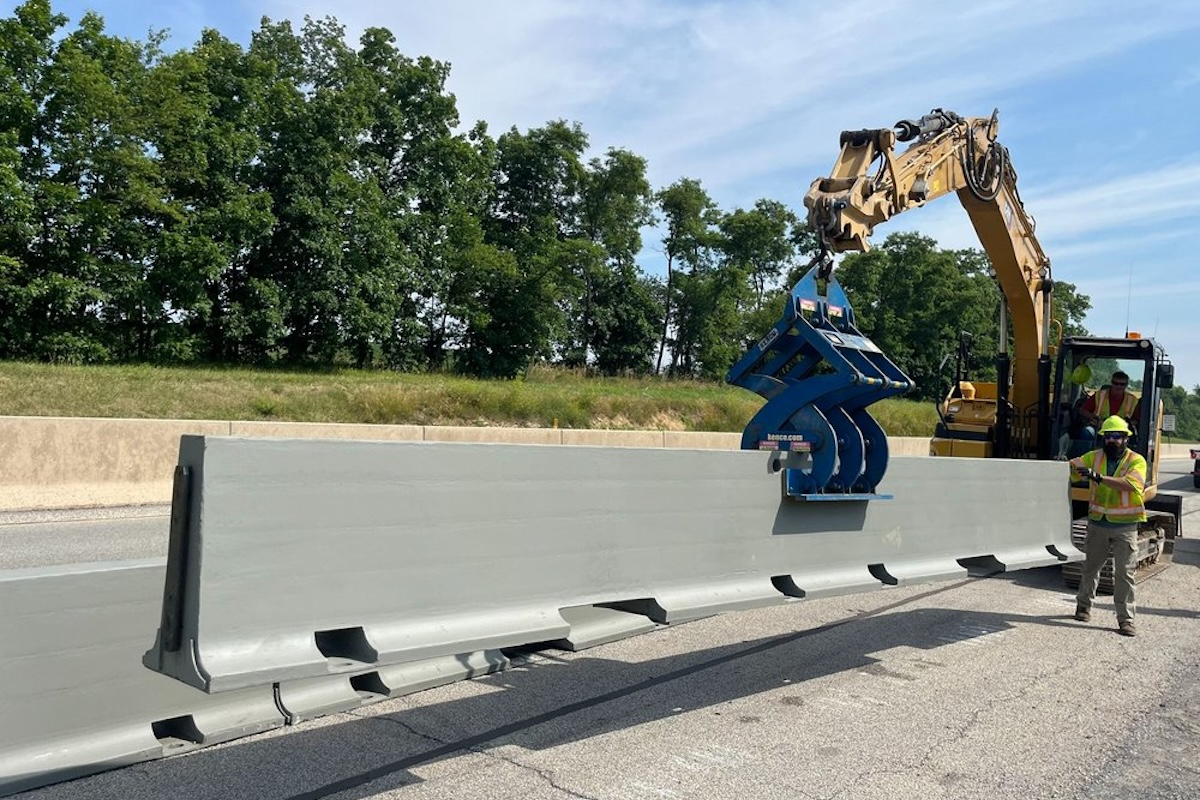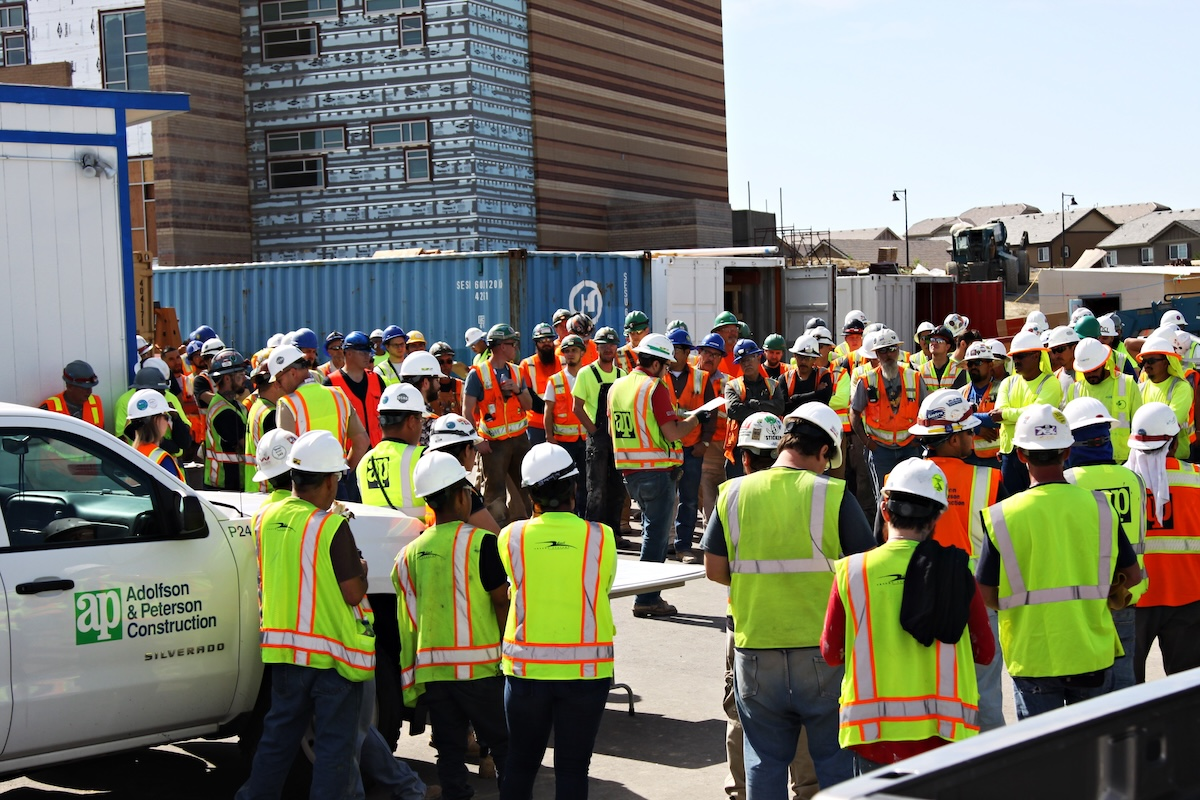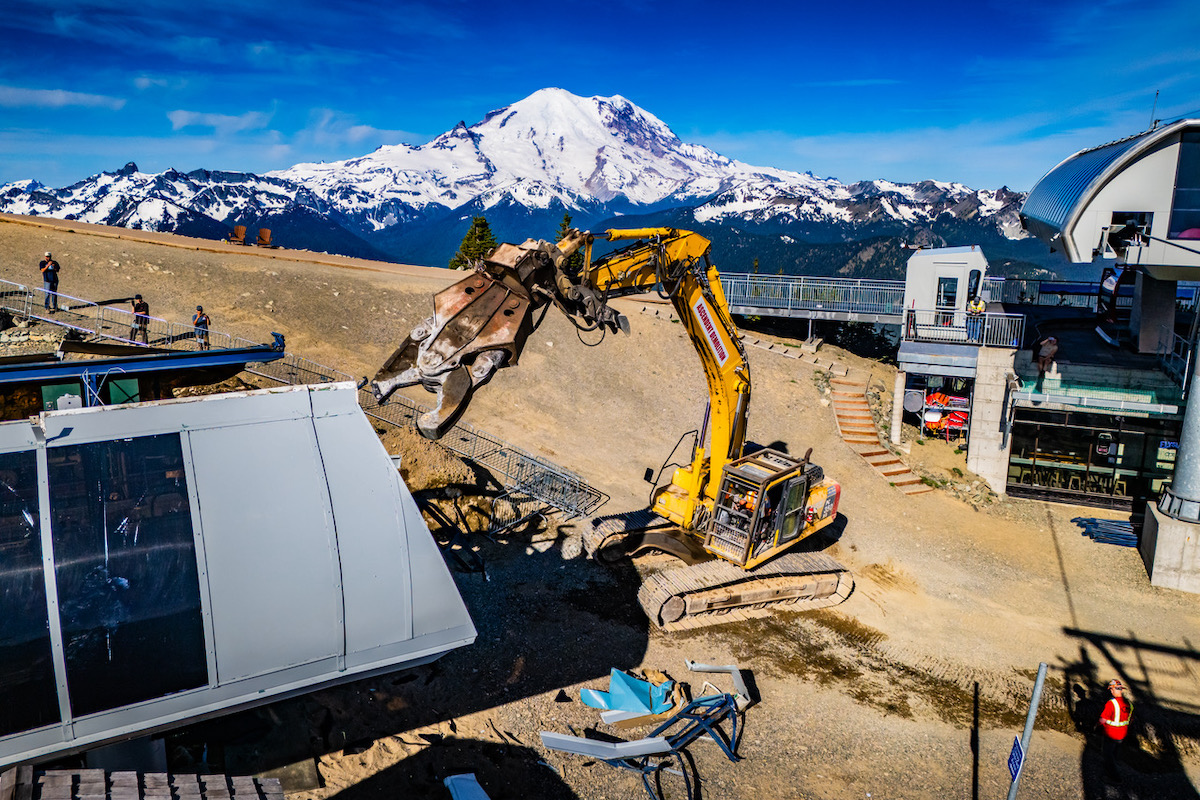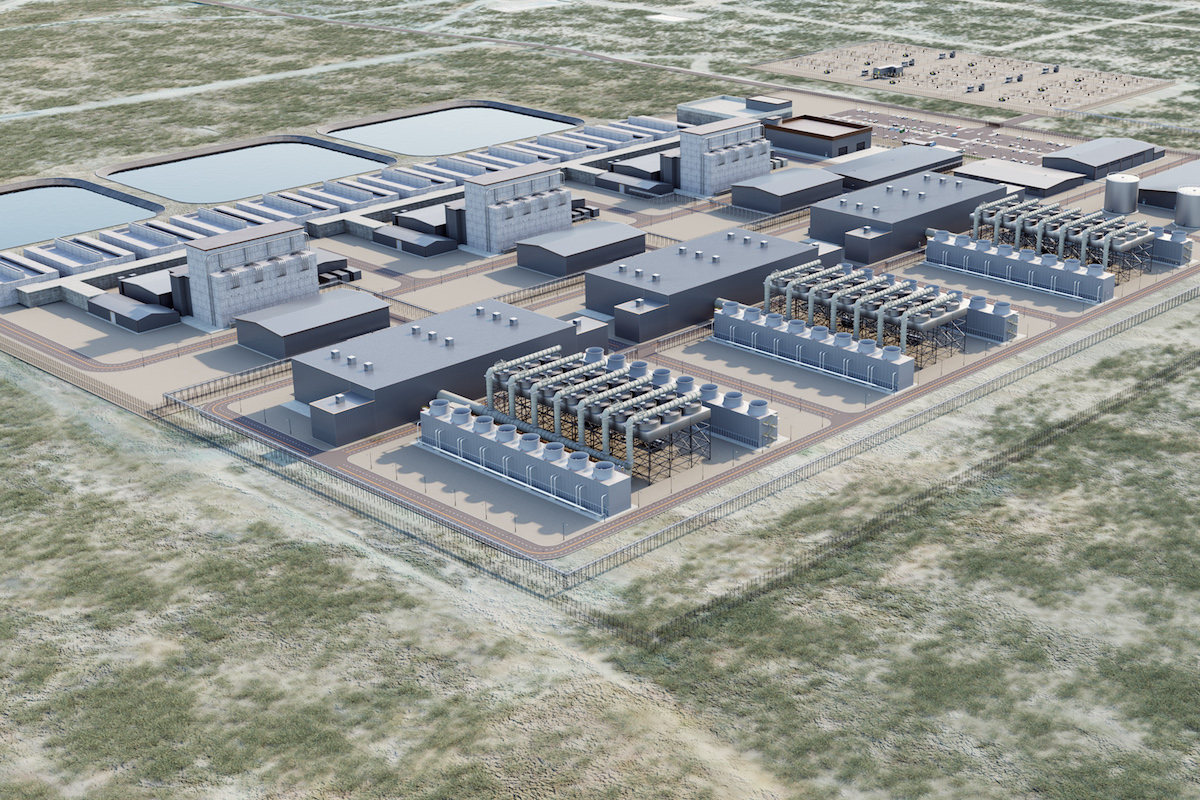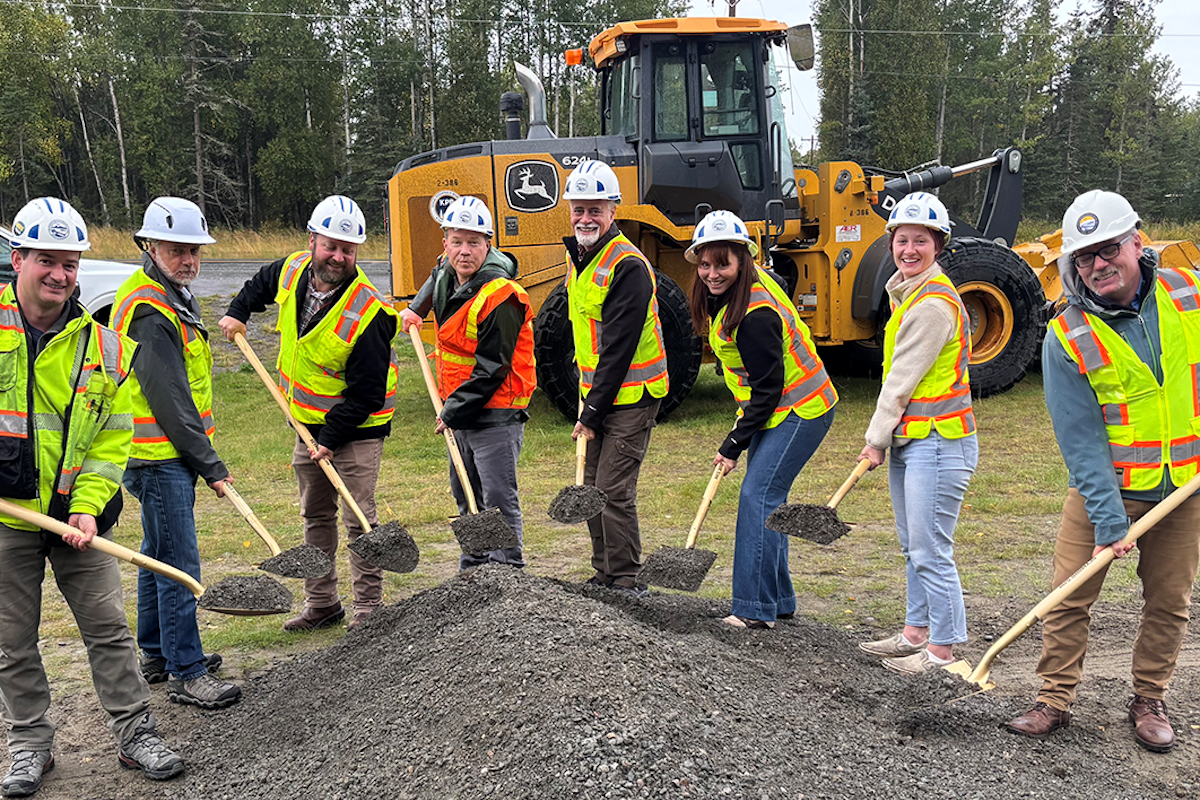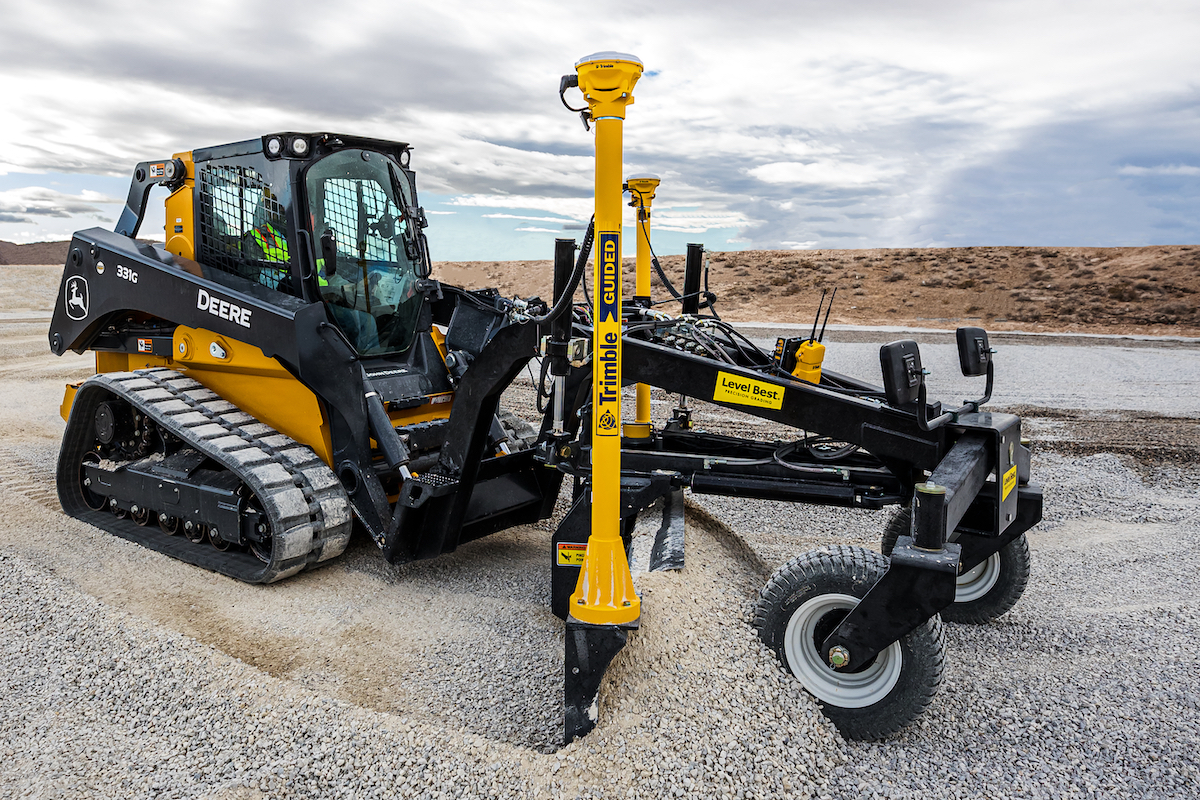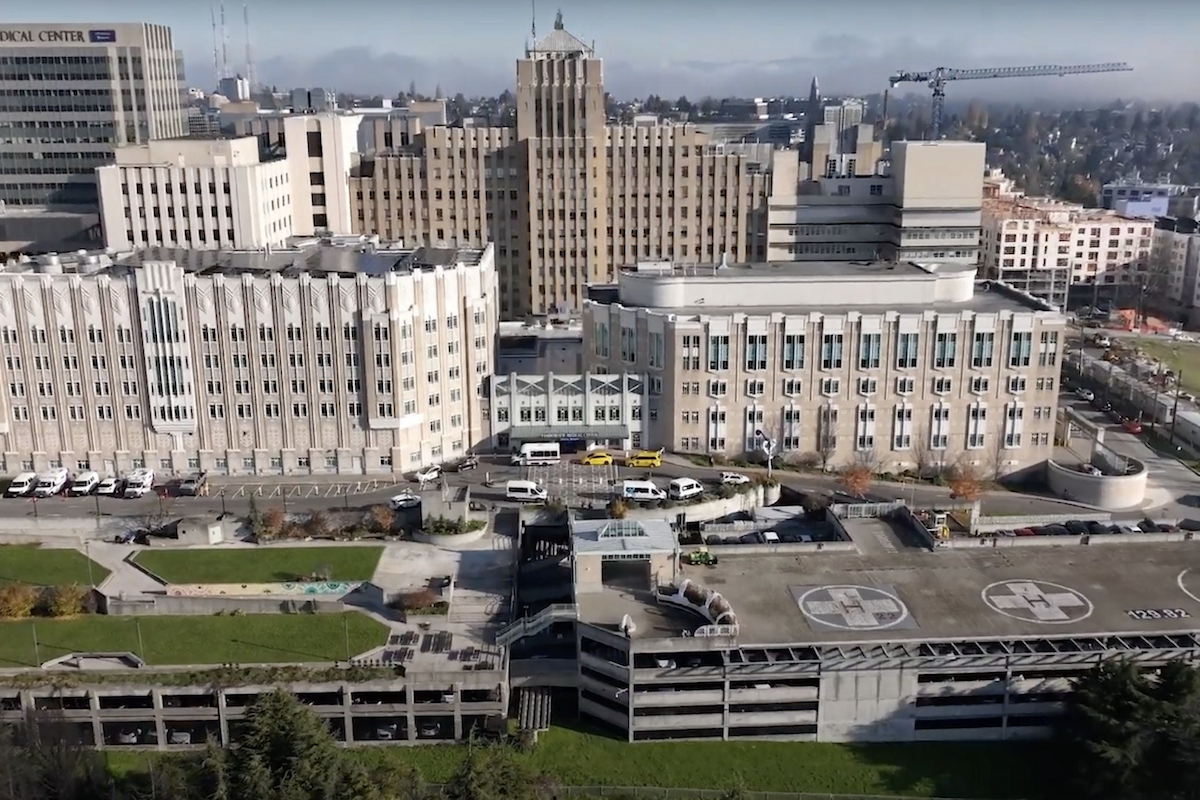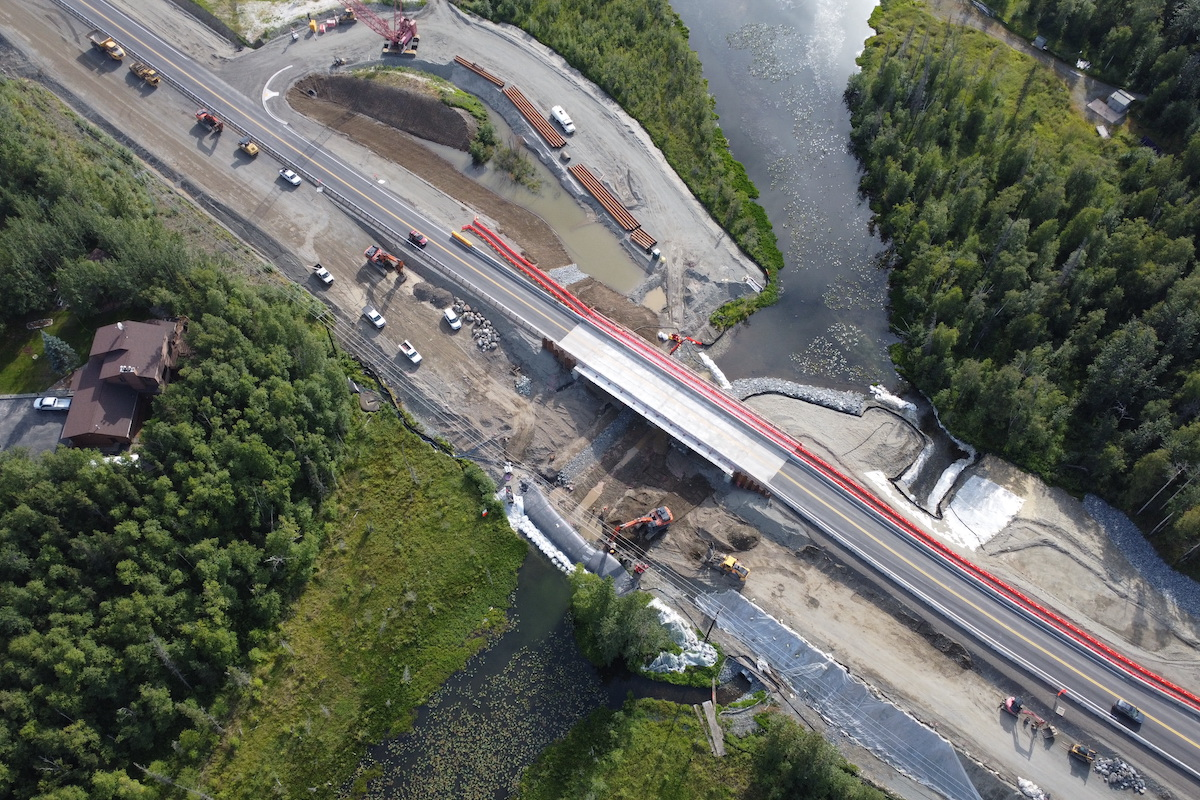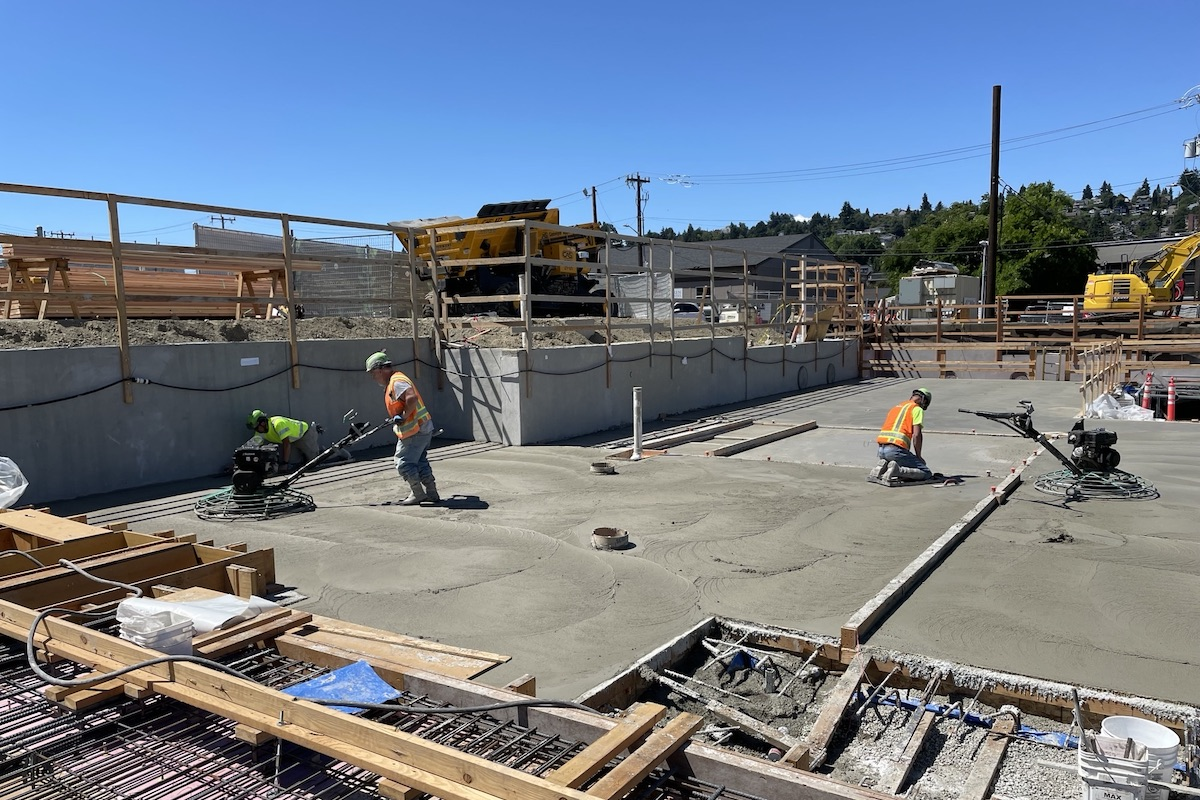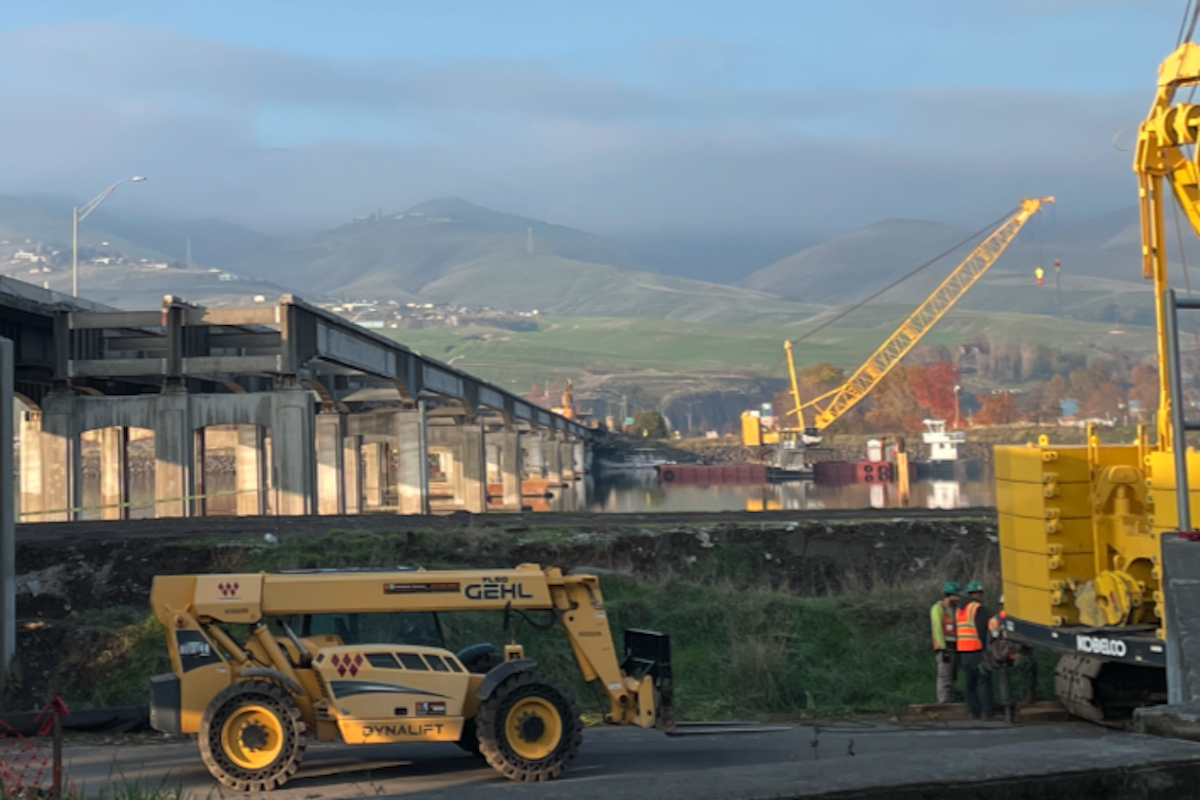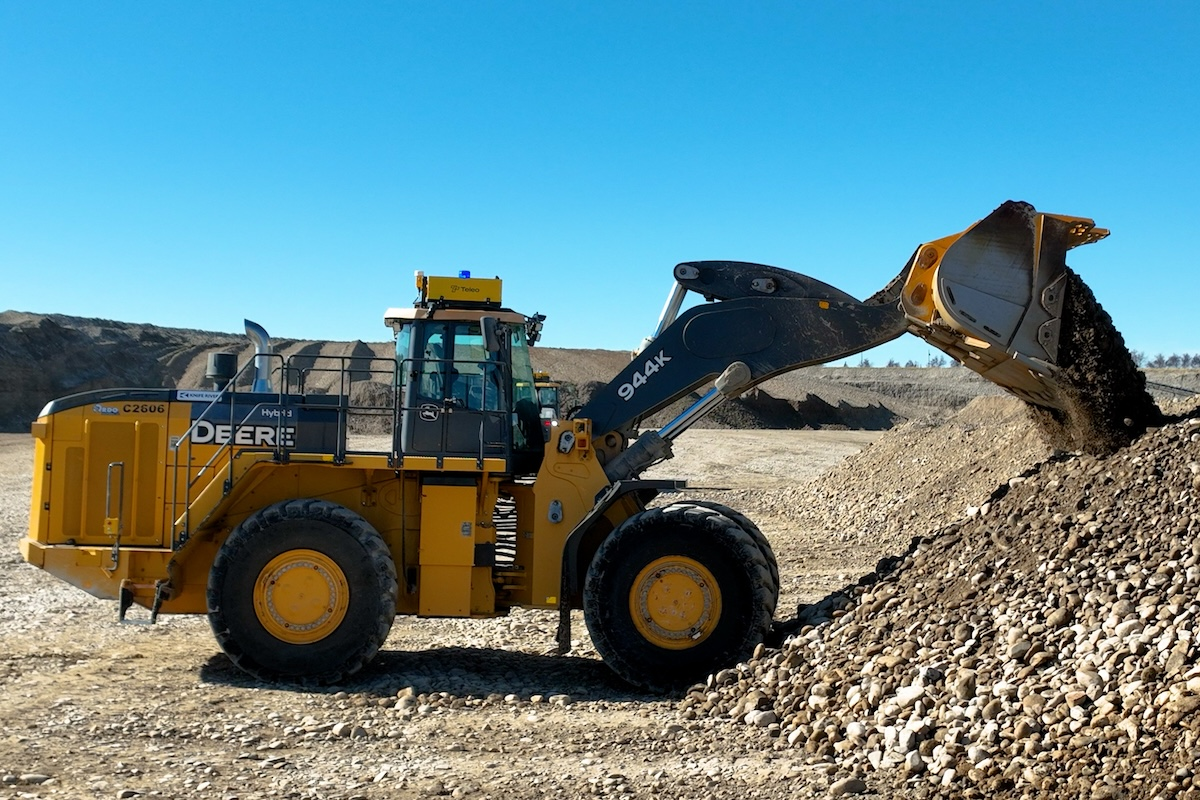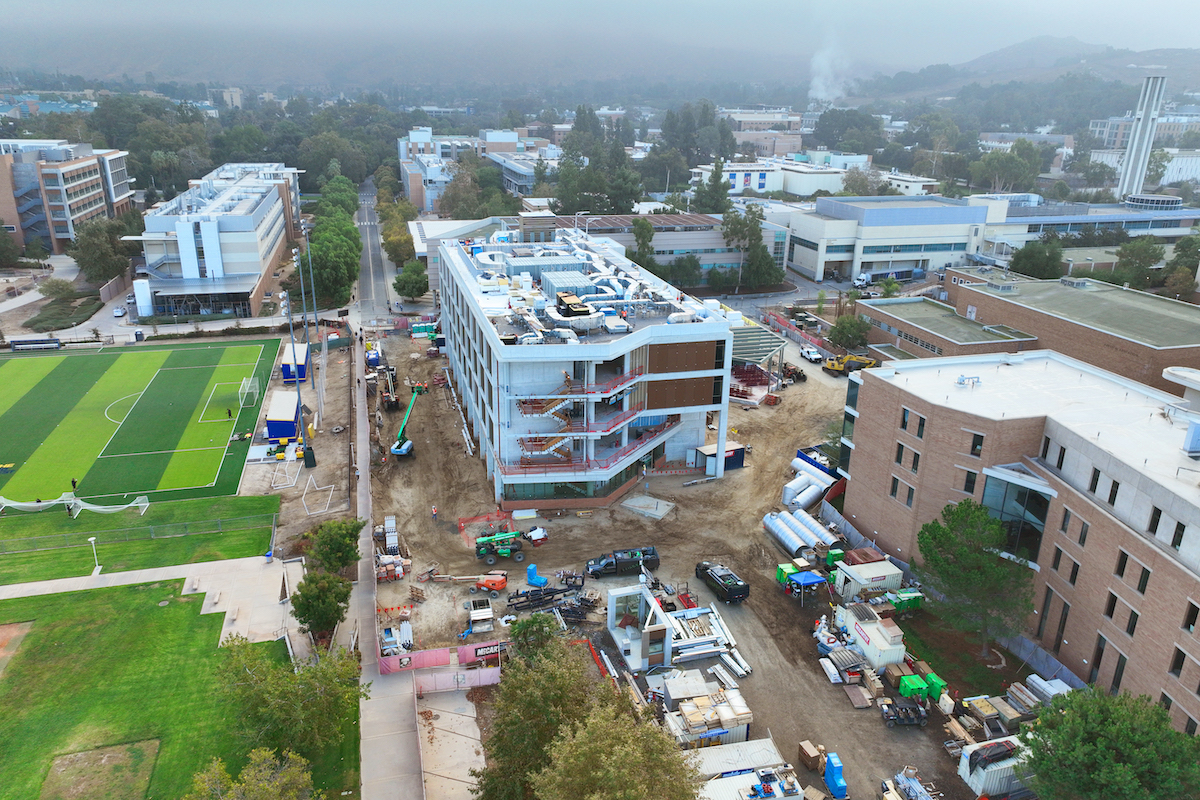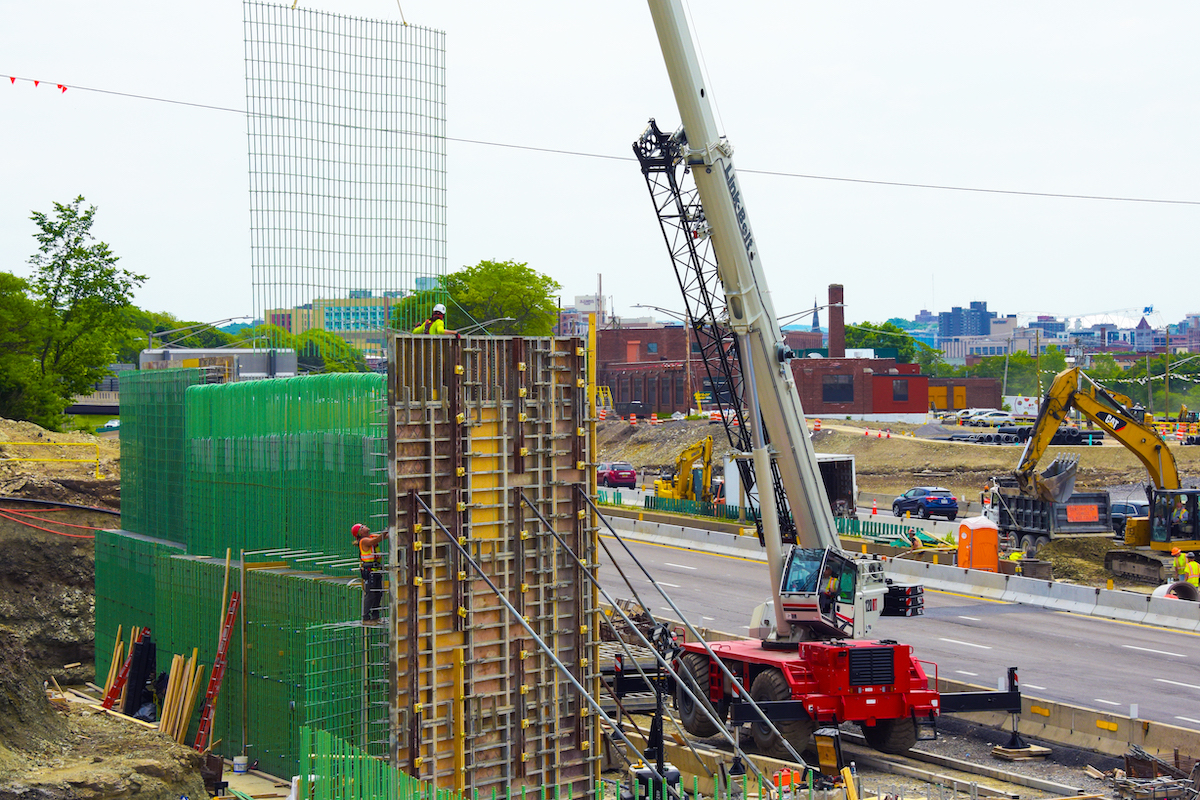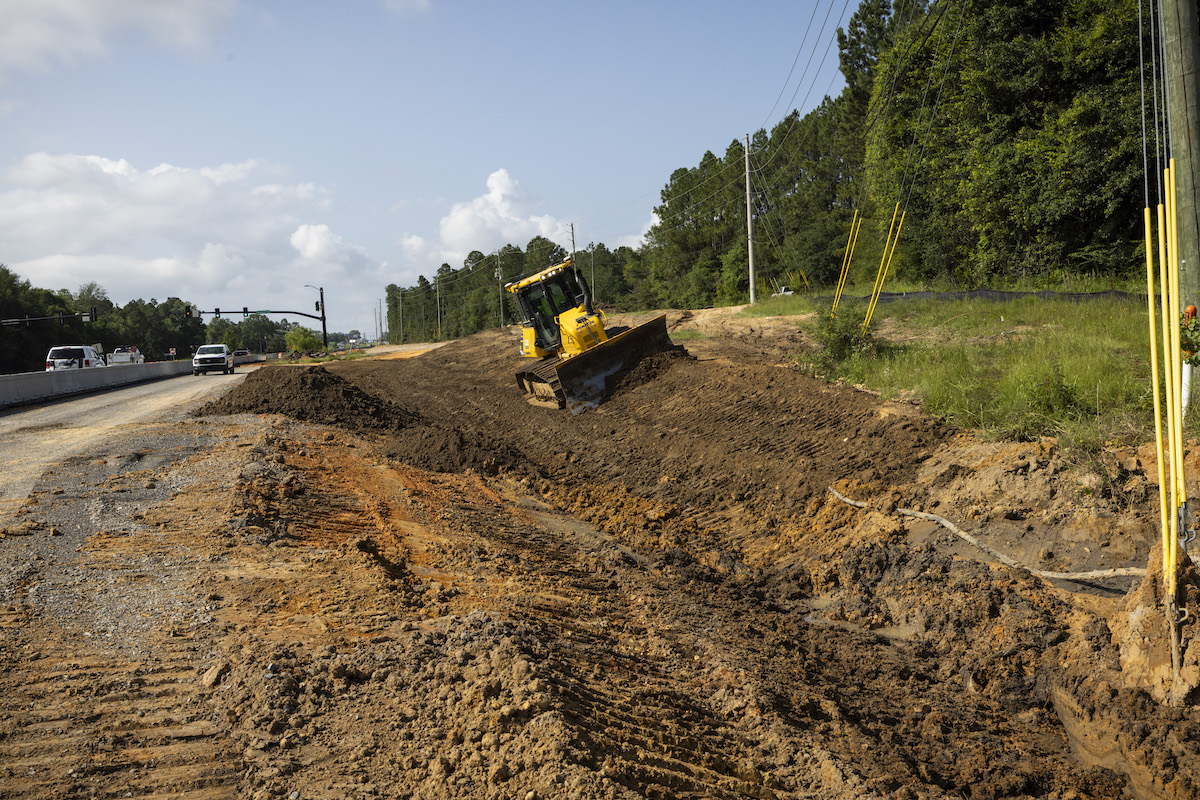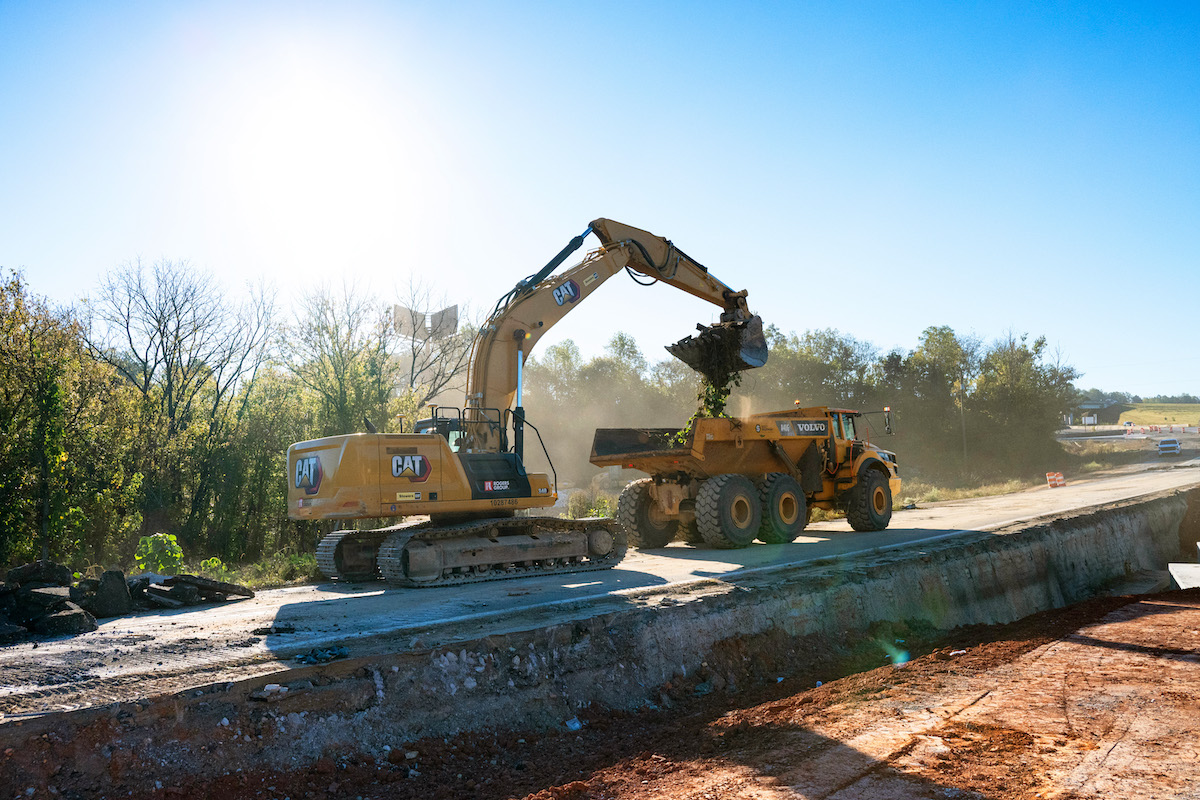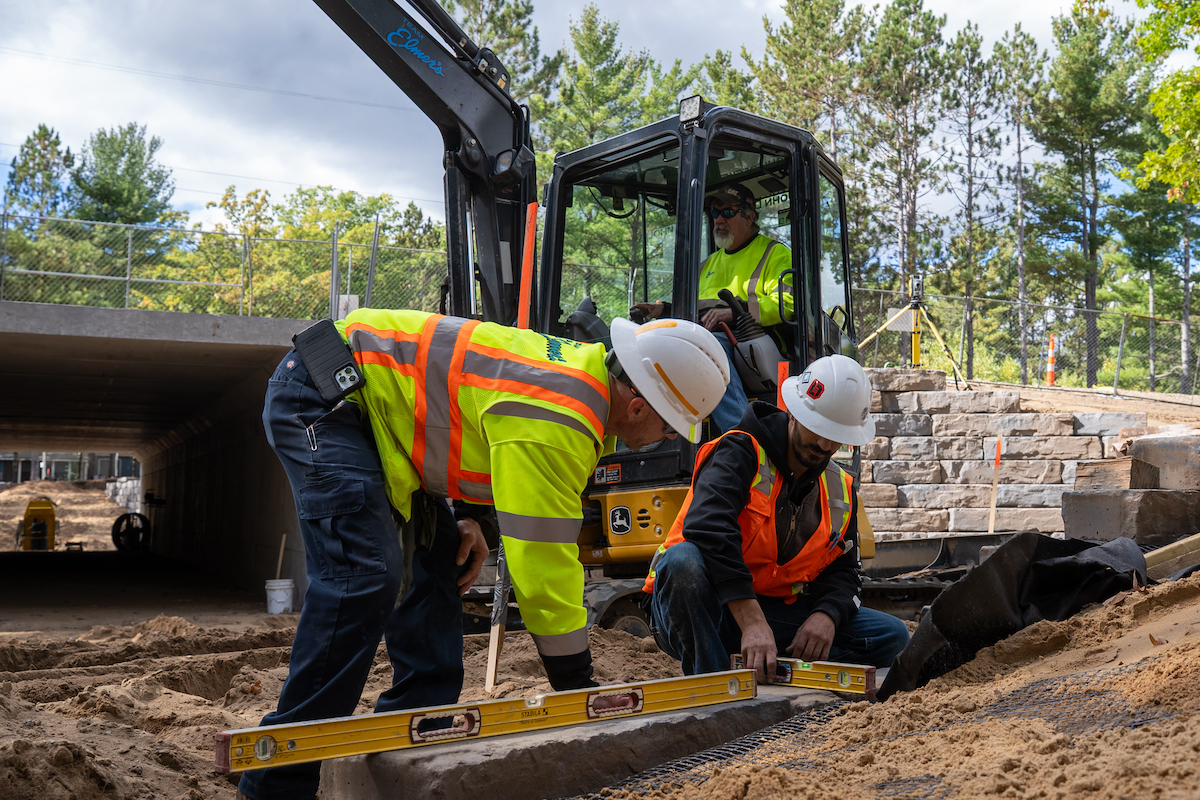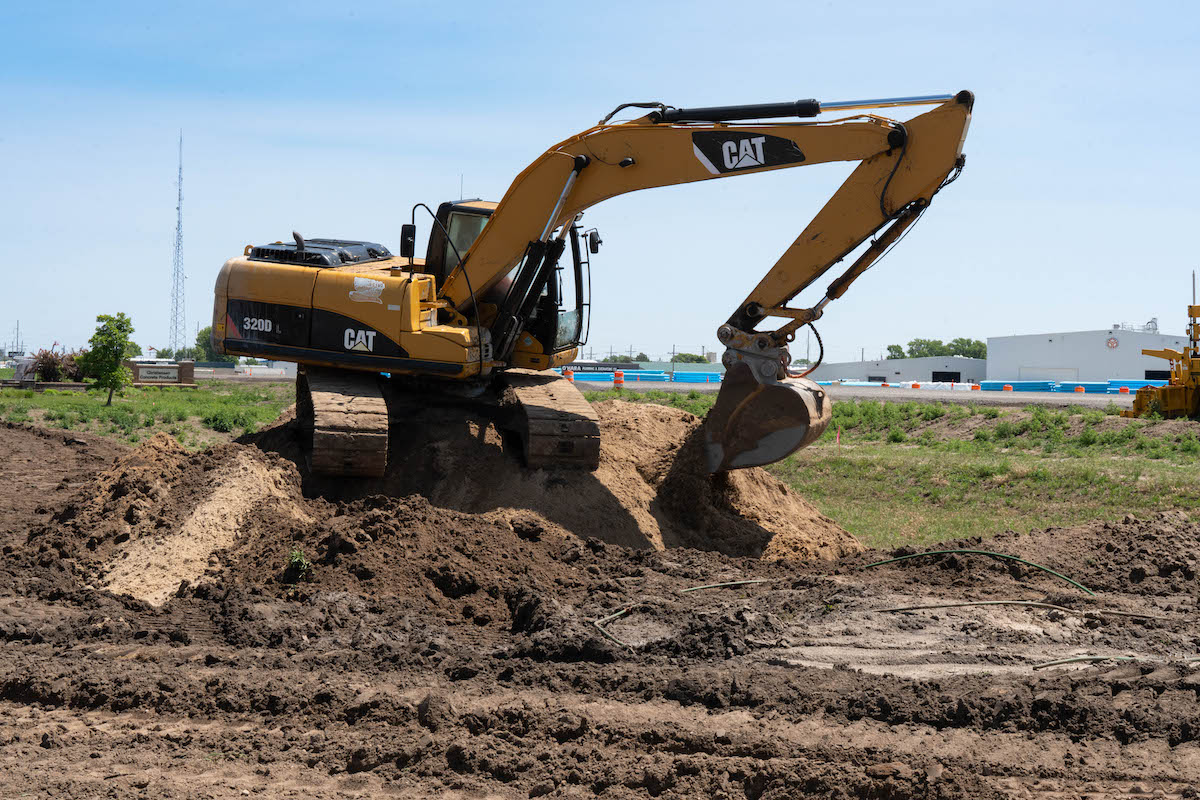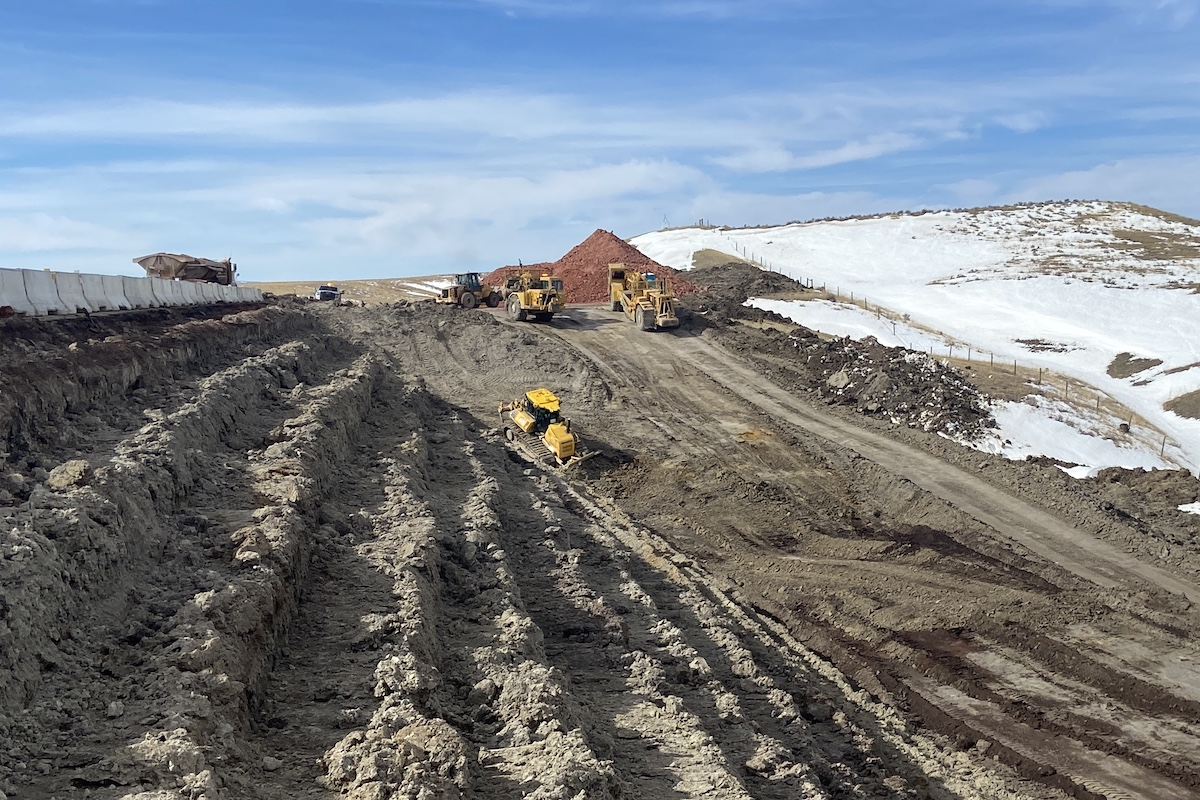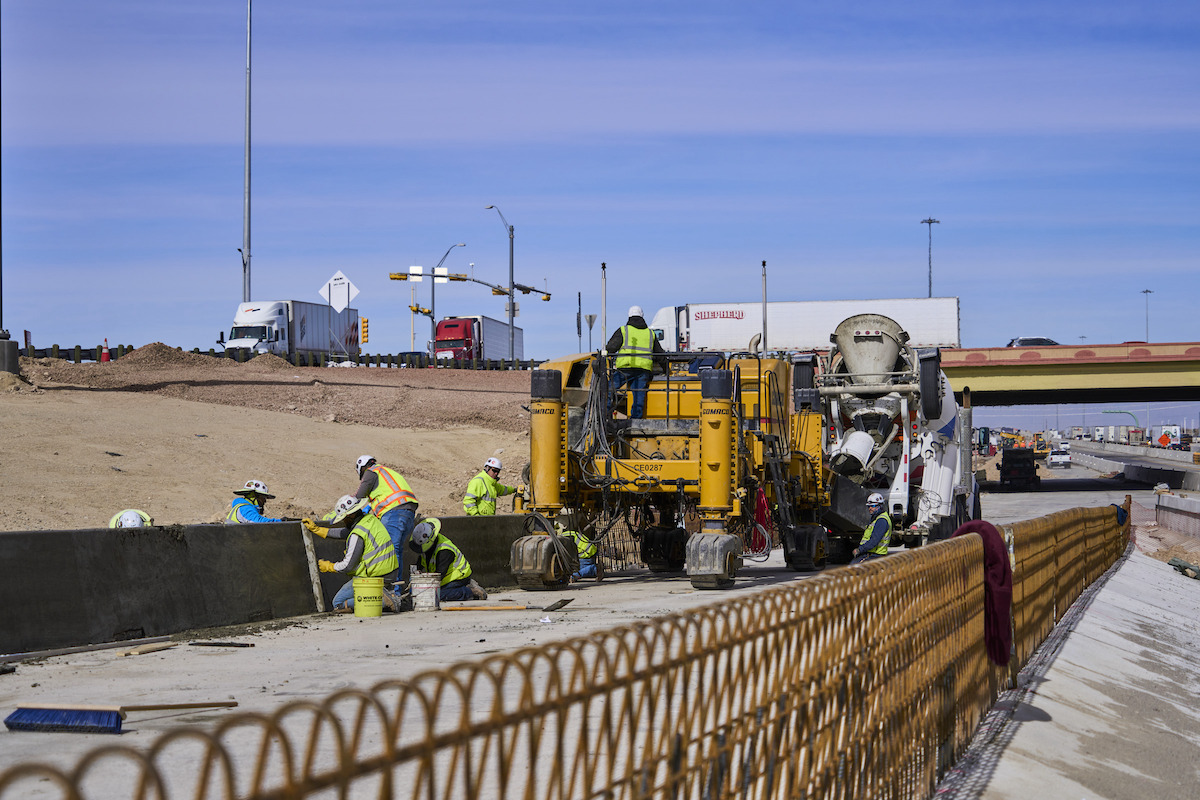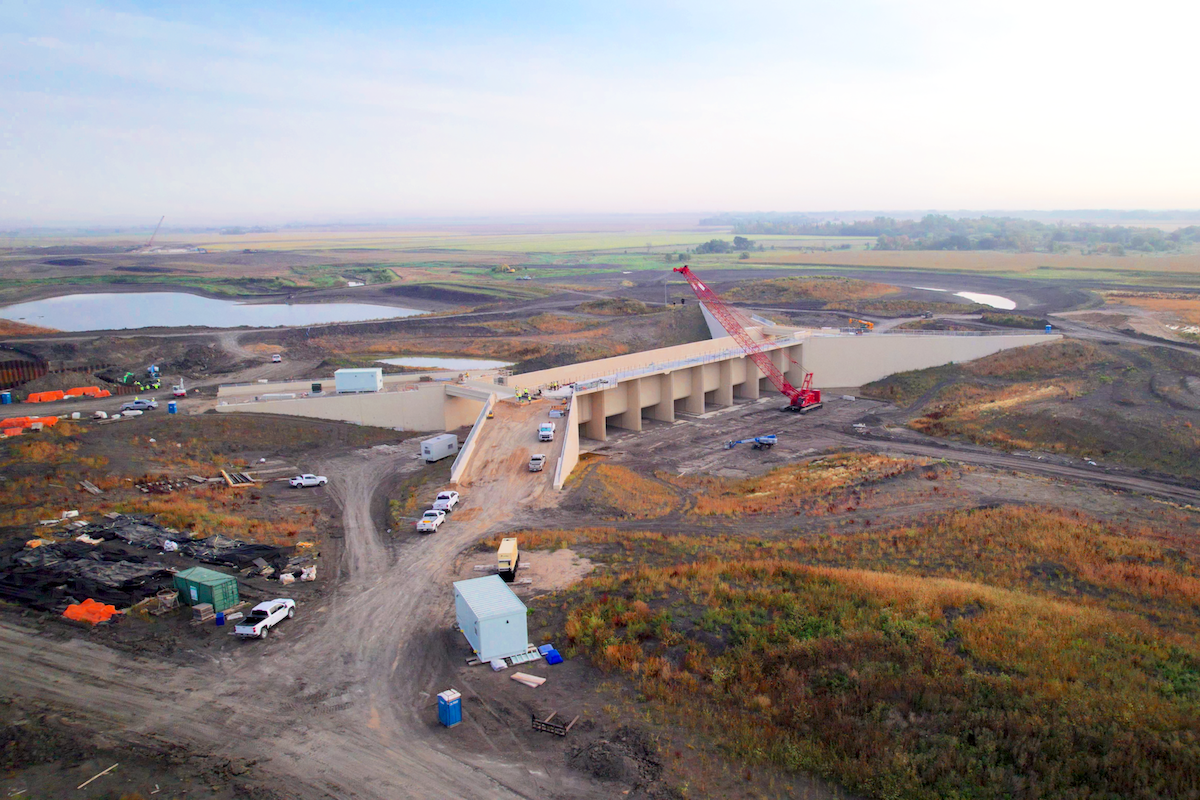In the world of municipal sewer maintenance, the demands are constant, and resources are often stretched thin. From aging infrastructure to growing populations, departments across the country are challenged to do more with less. But with the right mix of planning, equipment, and strategy, it's possible to increase productivity without compromising safety or service quality.
Productivity gains often come from small, measured improvements rather than sweeping changes. Here are a few practical tips from Vactor to help departments and crews boost efficiency in day-to-day sewer maintenance operations.
Save time by optimizing routes and prioritizing maintenance tasks based on system condition and historical data. Many departments now use GIS-based asset management software to identify trouble spots before they escalate. Proactive scheduling also reduces emergency calls and overtime, making every hour count.
Use the latest innovations in sewer cleaning and maintenance equipment to simplify and speed up operations. For instance, advancements like intuitive, user-friendly controls or park-and-clean setup for sewer jetter vehicles reduce setup time, increase efficiency, and reduce operator stress — all leading to greater productivity every time a truck leaves the home base.
Once a crew is in the field, minimizing downtime is key. This includes:
- Preloading trucks with parts, tools, and safety gear for the day’s assignments
- Keeping digital or printed job checklists in every vehicle
- Using mobile tablets or radios for instant communication with supervisors or dispatchers

| Your local Superior dealer |
|---|
| Westate Machinery Co |
Even small time savings — like avoiding trips back to the facility — can add up to significant efficiency gains.
Waiting for backups to occur means working in emergency mode, which is inherently inefficient. Instead, head off problems early through regular line flushing and visual inspections. Preventive maintenance also extends the life of both infrastructure and equipment, which pays off long-term.
It seems obvious but is sometimes overlooked: Get some help from the homes and businesses that contribute to sewer maintenance issues. Connect with them by email and social media with reminders about proper disposal of oils and personal hygiene products, as well as property waste like leaves and tree debris.
Skilled operators are faster, safer, and more adaptable. Invest in training to not only improve individual performance but also to allow crew members to fill in on different roles when needed. A well-rounded team can handle unexpected challenges without delays or rescheduling.

| Your local Somero dealer |
|---|
| American Construction Supply |
It’s hard to improve what isn’t measured. Track simple performance indicators like linear feet cleaned per day, number of stoppages cleared, or time per job site to help supervisors identify areas for improvement. Many departments now analyze this data monthly to adjust routes, staffing, or equipment allocation.
Ultimately, increasing productivity in sewer maintenance is about balancing people, processes, and tools. With tighter budgets and rising expectations, the most successful departments are those that make small, continuous improvements to stay ahead of the curve.
By equipping crews with the right technology and fostering a culture of efficiency, municipalities can meet today’s demands while preparing for tomorrow’s challenges.

